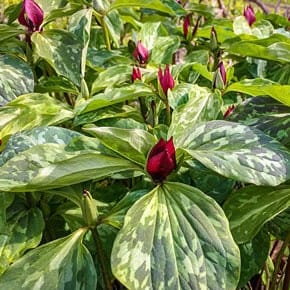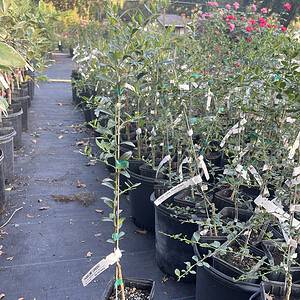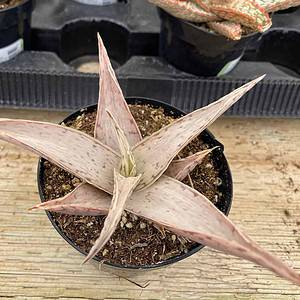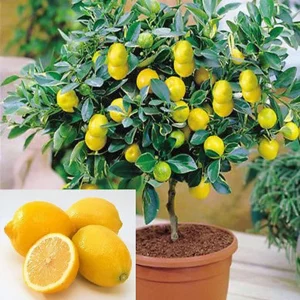No products in the cart.
The Coral Bark Maple tree is an ornamental tree that provides both fall color and an all-season attraction in a landscape. This tree boasts a beautiful coral bark and changing foliage color that adapts to the prevailing four seasons.
A beautiful tree that grows an average mature height of 15 to 20 feet, the coral bark Japanese maple is classified as a small tree that suits a small-spaced garden. And it’ll make your landscape attractive all year round.
Let’s talk more about this interesting tree species.
Plant Name: Acer palmatum Sango Kaku
Other Name: Coral Bark Japanese Maple Tree
Plant Type: Tree
Native Areas: Japan
Light Requirements: Full Sun to Partial Shade
Watering: Moderate
Fertilizer: Nitrogen-Free Fertilizer
Growth: 15-20 feet tall
Propagation: Cuttings
Soil Type: Well-draining soil
Toxicity: Non-toxic
USDA Hardiness Zones: 5 to 8
More About Coral Bark Japanese Maple Tree

Native to Central and South Japan and Korea, the coral-bark Japanese maple tree is a deciduous tree species belonging to the Sapindaceae (soapberry) family. It goes by the scientific name Acer palmatum.
The growing form or habit of coral bark Japanese maples varies depending on their cultivar. For example, the Acer palmatum ‘Sango Kaku’ is upright and vase-shaped. Other varieties have a more rounded form.
In general, coral bark maple trees have a medium growth rate. Many distinctive features set the coral bark maple tree apart from other maple trees. One is its coral bark. The stems and branches, especially the young ones, are prominent and attractive because of their color.
Such color intensifies when the cooler months hit. Once the leaves drop, the tree reveals its vibrant coral-red bark, uniquely beautifying the winter landscape. Its leaves are another story because they’re pretty on their own.
They begin with a light green color in early spring, which later turns into lime green once the summer season comes. Wait for the late summer and early fall to arrive, and the leaves turn into a fall color (a combination of red, golden yellow, and rusty orange).
A Coral Bark maple tree will best serve as a focal point or accent tree, especially if you have a small yard or garden. It will surely provide an aesthetic element throughout your garden throughout the seasons.
Coral Bark Japanese Maple Tree Care

Another thing you’ll love about the coral bark Japanese maples is that they are easy to care for and will require low maintenance once established. Nonetheless, before planting them in your hardiness zones, you must consider specific requirements.
Potting Medium
Acer palmatum ‘Sango Kaku,’ or the coral bark Japanese maple, thrives in well-drained, slightly acidic soil. Like other maple trees, the Coral Bark maple is sensitive to waterlogged soil. Ensure the ground has good drainage to prevent water from accumulating around the tree’s roots.
Avoid heavy clay soils that retain soil moisture well for extended periods. The Coral Bark prefers slightly acidic to neutral soil. A pH range of 6.0 to 6.5 is generally considered ideal. You can test your soil’s pH and amend it if necessary by adding sulfur or other acidifying agents to lower the pH if it’s too alkaline.
Amending the potting mix with organic matter, such as well-rotted compost or peat moss, can improve its texture and moisture-retention capabilities. This is particularly beneficial in areas with sandy or poor-quality soil.
Applying a layer of organic mulch around the tree’s base can help maintain moisture and temperature. It also suppresses weeds and enhances the overall health of the plant. Use mulch like wood chips, pine straw, or leaf litter.
The Japanese maple appreciates loose, loamy, well-drained soil. This well-aerated ground allows the roots to develop and spread effectively. If your soil is heavy or compacted, consider amending it with perlite or sand to improve its texture.
Coral Bark Japanese Maple Light Needs

Coral bark Japanese maples have specific light requirements to thrive and showcase their beautiful features, including their striking red bark. The Coral Bark maple does its best when it receives filtered or dappled sunlight.
In their native habitat, they often grow as understory plants, benefiting from the protection of taller trees above them with dappled shade. The full sun in the morning and afternoon shade are ideal for these maples, as they prevent the leaves from scorching during the hottest day in warmer climates.
If you’re planting them in an area with intense afternoon sun, providing shade or protection during the hottest hours can be beneficial. This beautiful tree is generally not well-suited for full sun exposure. Direct, intense sunlight can stress the plant and cause leaf scorch.
Striking a balance between providing enough light for healthy growth and protecting your Acer palmatum Sango Kaku is crucial. We recommend 4-6 hours of indirect or dappled sunlight.
How to Water Acer Palmatum Sango Kaku
Proper watering is essential to the health and well-being of a coral bark Japanese maple (Acer palmatum ‘Sango Kaku’). The small tree prefers consistent soil moisture. It’s essential to keep the soil moist but not soggy.
Watering frequency depends on various factors, including the climate, potting mix, and size. Generally, you may need to water your maple once or twice a week during the growing season, but adjusting based on specific conditions is essential.
When you water, ensure to water deeply. This encourages the development of a strong root system. Shallow, frequent watering can result in shallow roots, which makes the plant more vulnerable to drought stress.
Water the tree until you see water starting to puddle around the base. Then, allow it to soak into the ground. When the plant is dormant in winter, you can reduce watering frequency. Nonetheless, ensure the potting media doesn’t completely dry out, especially in regions with mild winters where the tree may require some moisture.
If you have a coral bark Japanese maple in a container, it may require more frequent watering, as containers tend to dry out faster than in-ground plantings. Check the soil’s moisture level regularly.
Temperature & Humidity
A tree planted outdoors is not the only option, as you can grow young trees indoors when living in the hardiness zones 6-8.
The Acer palmatum Sango Kaku thrives in moderate temperatures and humidity, not extreme heat or frost.
Coral bark maple will be susceptible to frost damage, especially when young, so it helps drape a plant cover over it during winter. But a light frost will not be a problem if you’re living in warmer zones.
Fertilizer

The coral bark Japanese maple isn’t a heavy feeder, so there’s no need to provide fertilizer frequently. It will benefit from a slow-release fertilizer applied yearly in early spring.
The added nutrients will boost new growth, helping new leaves emerge from the defoliated tree.
Choose a fertilizer high in nitrogen content as this will encourage the lush growth of foliage, which is one main asset of coral bark maple.
Pruning Coral Bark Maple
Pruning a Coral Bark Japanese Maple (Acer palmatum ‘Sango Kaku’) is an art that, when done right, can elevate the tree’s aesthetic appeal and overall health.
Prune during late winter or early spring while the tree is dormant for optimal results. Remove dead or diseased branches first. Next, focus on shaping the tree by removing crossing or inward-growing branches. Maintain a balanced, open canopy.
Use clean, sharp pruning tools to ensure clean cuts and prevent injury to the tree. Prune just above a lateral bud or branch junction, following the tree’s natural growth pattern. Avoid leaving stubs and promote quick healing.
If the Coral Bark Maple tree has outgrown its space, prune conservatively, removing no more than one-third of the foliage to avoid stress. Coral Bark Japanese Maples have a delicate appearance. Avoid over-pruning to preserve their health and beauty.
-
$16.95Sold By: SunSoul Plants
$39.95In stock
Philodendron Inconcinnum Live Plant in 4″ pot
Rated 4.87 out of 5 based on 98 customer ratings00Sold By: SunSoul Plants -
$10.00Sold By: JLP farms TN
In stock
5 Prairie Trillium bareroot (Recuvatum)
Rated 4.85 out of 5 based on 602 customer ratings15Sold By: JLP farms TN -
$70.00Sold By: Andy Nursery
$75.00In stock
Green Finger Lime Grafted Citrus Tree. 2 Feet Tall.
Sold By: Andy Nursery -
$35.99Sold By: Succulent Oasis
$47.99In stock
Medium Succulent Plant – Star Aloe ‘Snow Drift’. A star shaped Hybrid with muted coloring.
Rated 4.84 out of 5 based on 352 customer ratings08Sold By: Succulent Oasis
How to Propagate Coral Bark Japanese Maple
Propagating coral bark maple is best done using softwood cuttings. Seeds are not a good option for propagation as they will only cause the tree to develop into the original Japanese maples.
Here’s a simple process to propagate:
Find semi-softwood cuttings, not completely woody or herbaceous, but somewhere in between.
Cut the branches above the leaf node and remove the lower leaves.
Quickly dip the end of the stem into a rooting hormone.
Poke a hole into the potting mix and plant the cutting.
Water the newly planted cuttings and place them in a location with partial shade.
Keep the potting mix moist until the roots develop. You’ll know propagation is successful once you notice new leaves emerge in your coral bark maple cuttings.
Coral Bark Japanese Maple Similar Trees
Acer palmatum dissectum ‘Red Dragon’

Red Dragon is a stunning Japanese maple cultivar popular for its reddish-purple foliage compared to the coral red bark tree. It becomes more beautiful as the foliage turns crimson red during fall. It’s a small tree, reaching only an average height of 8 feet high.
Hence, it forms a mounding form and an incredible accent in your garden.
Acer shirasawanum ‘Aureum’
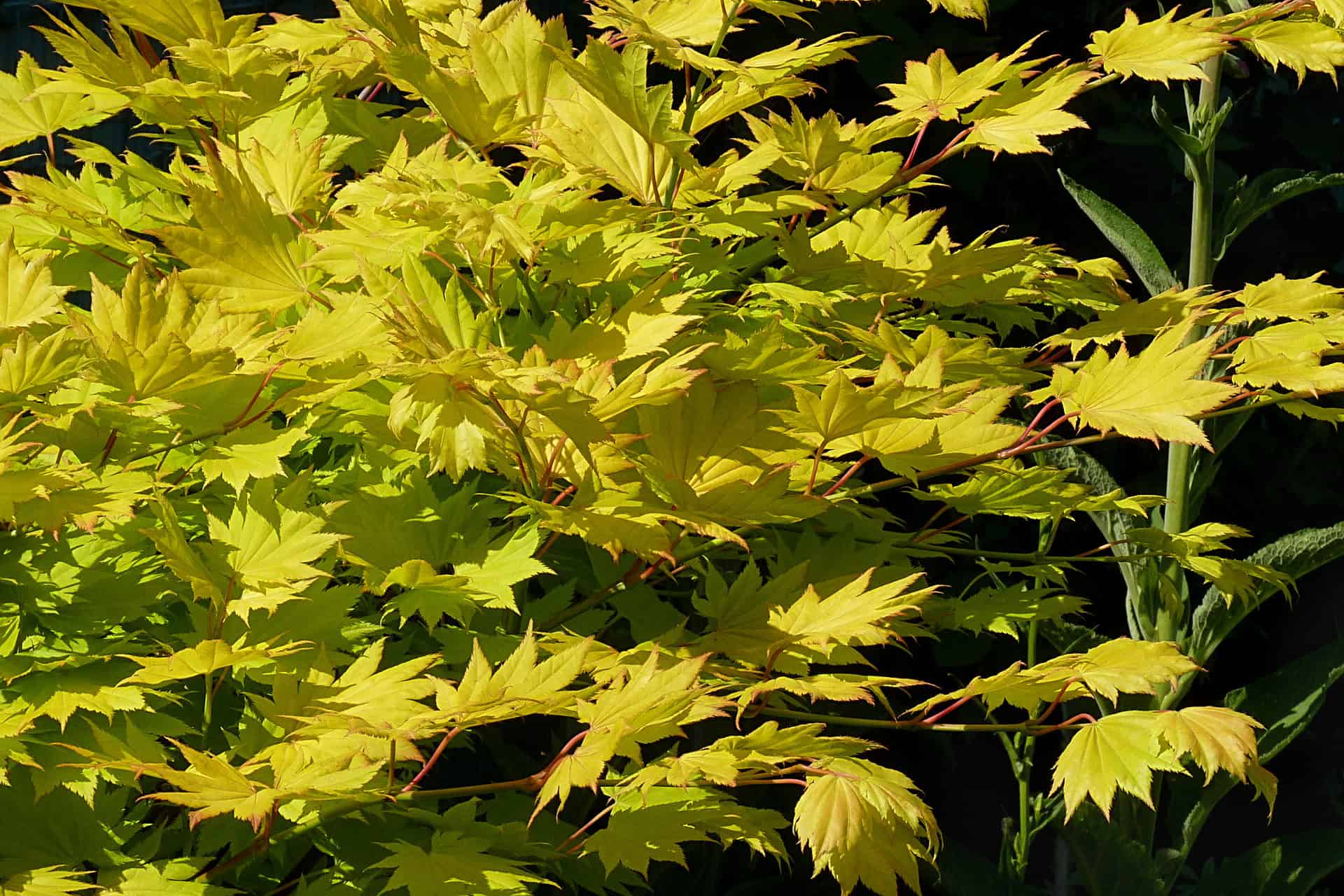
This species is another relative of the coral bark maple tree known for its yellow-orange spring foliage. The red leaves become visible as the tree’s fall color as the season changes to fall. Aureum is a dwarf variety, reaching only 10 feet high.
Acer palmatum ‘Beni-kawa’

Native to Japan, Korea, and China, Beni-kawa is another cultivar of Acer palmatum that can reach about 15 feet in height. Its leaves are also soft green during spring but turn yellow-gold during fall. It’s very slow-growing and will fit a small-spaced landscape.
Coral Bark Japanese Maple Common Diseases And Pests
Although coral bark Japanese maple is generally pest-free, some pests like aphids, scale, maple worms, leafrollers, and leafhoppers may occasionally visit.
You can deal with these pests by spraying them with pressurized water and applying horticultural oil to the infected area.
Anthracnose and bacterial blight are common diseases in Japanese maples. Trim off the diseased parts so the infection won’t spread to other areas.
In cases of severe infection, spraying fungicide might be needed.
Frequently Asked Questions
The Coral Bark Japanese maple is a deciduous tree known for its vibrant, coral-colored bark, which is especially striking during the winter. Its distinctive feature sets it apart from other Japanese maple varieties.
It is a small to medium-sized tree, typically reaching a height of 15 to 20 feet with a similar spread. It has a slow to moderate growth rate.
Coral bark maples thrive in a well-drained, slightly acidic potting mix with partial shade. They prefer protection from the intense afternoon sun.
In spring, the leaves emerge in a fresh green color. During spring and summer, the foliage remains lush. In autumn, the leaves turn brilliant shades of yellow and orange. In winter, the red bark becomes most prominent.
They are often used as ornamental focal points in gardens, providing year-round interest with their striking bark and foliage.
They can be grown in containers or trained as bonsai, provided they receive the necessary care and attention.
Whether you want to buy, sell or simply reach out to other plant enthusiasts, Plantly is the right place to be!
-
$19.99Sold By: BubbleBlooms
In stock
Hoya retusa
Rated 4.81 out of 5 based on 279 customer ratings01Sold By: BubbleBlooms -
$66.21Sold By: Carlo's Plant Farm
In stock
6 Crape Myrtle Muskogee | Carlo`s Plant Farm
Rated 5.00 out of 5 based on 22 customer ratings00Sold By: Carlo's Plant Farm -
Free Shipping$8.29Sold By: CZ Grain
In stock
Dwarf Lemon Tree Seeds
Only 886 available and it’s in 5 people’s basketRated 4.60 out of 5 based on 156 customer ratings00Sold By: CZ Grain -
$14.99Sold By: BubbleBlooms
$15.99In stock
Variegated Hindu Rope, Rare Hoya, Carnosa Compacta Regalis, Crispa Variegata, 2 inch pot
Rated 4.81 out of 5 based on 279 customer ratings00Sold By: BubbleBlooms

